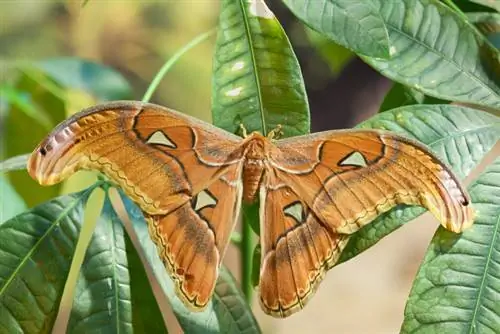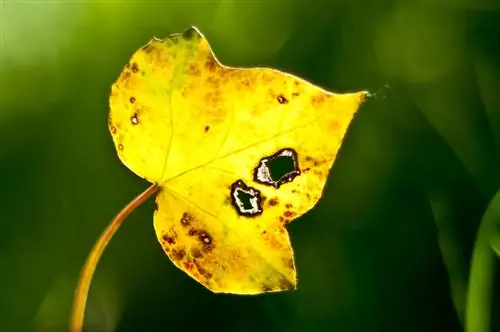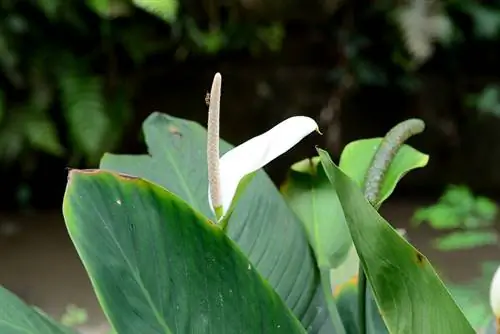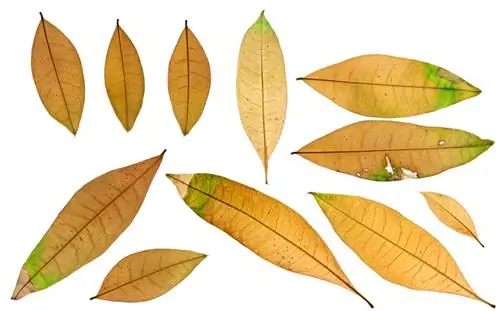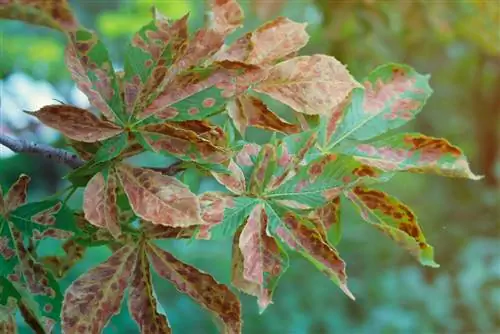- Author admin [email protected].
- Public 2023-12-16 16:46.
- Last modified 2025-01-23 11:19.
If the leaves of the lucky chestnut change color, you should take care of it immediately. Discoloration is almost always a sign that the Pachira aquatica is missing something or that it is really sick. This also applies to brown spots on the leaves of lucky chestnuts.
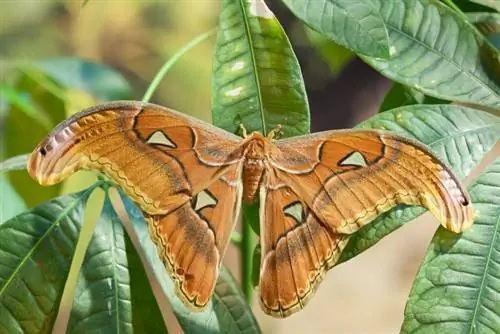
Why does my lucky chestnut have brown spots on the leaves?
Brown spots on the leaves of a lucky chestnut indicate a viral disease that can be caused by bacteria or pests. To protect the plant, pay attention to a suitable location, good care and check regularly for pests.
Brown spots on the leaves indicate viral diseases
While brown or yellow leaves on the lucky chestnut indicate incorrect care or an unfavorable location, brown spots on the leaves are a sign of a viral disease.
Viruses and bacteria penetrate the plant through the thin bark of the trunks and spread there.
If the disease has spread significantly, the lucky chestnut can no longer be saved. You can then just dispose of them. You should also not take cuttings from an affected Pachira aquatica to propagate it.
Preventing diseases of the lucky chestnut
To prevent viral diseases, place the lucky chestnut in a favorable location where it
- bright
- warm
- draughtproof
stands. The trunks and plants must not grow too densely so that air can circulate between the leaves. Avoid frequent changes of location.
Unweave and repot the lucky chestnut after purchase
You should unbraid braided lucky chestnuts and plant them individually. The bark remains very thin at the pressure points, offering germs and bacteria a good opportunity to penetrate the plant.
It is best to pot newly purchased plants straight into fresh substrate. This means that waterlogging can be avoided and the Pachira aquatica is optimally supplied with nutrients.
Watch out for pests
If the leaves of the lucky chestnut are covered with a sticky film, check them for mealybugs. Brown spots, on the other hand, are more likely to indicate sucking pests.
Take control of pests immediately before they spread and cause lasting damage to the lucky chestnut.
Tip
If the lucky chestnut is kept too moist, it can become infested with fungus gnats. It is manifested by many small fly-like pests crawling around on the substrate. An infestation is not that harmful, but it is very annoying, so you should replace the top layer of soil.

